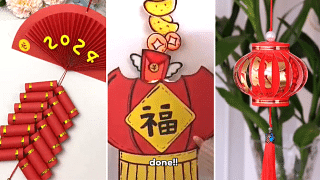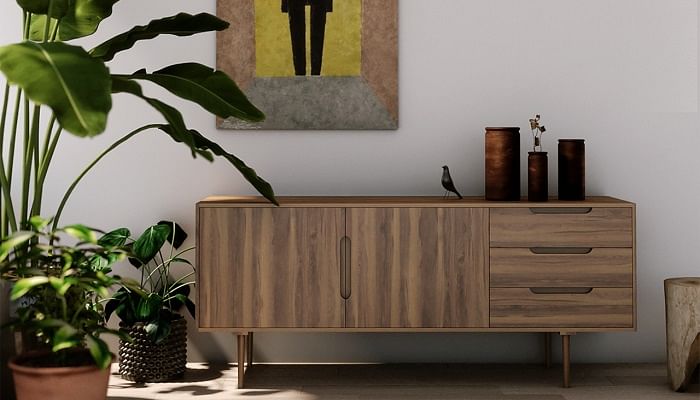
That’s why we turned to local professional organisers — Singapore’s own Marie Kondos, if you will — for their tips on building a clutter-free lifestyle. Here’s what they have to say:
READ MORE:
20 Ways To Declutter Your Home And Destress Your Life
15 Stylish Accessories From $3 To Keep Your Work Space Tidy And Organised
Stylish Ways To Organise And Declutter Your Home
“Start small, build your decluttering muscle and in the process build the confidence that you can declutter and live with less. Focus on the benefits you are going to get from being clutter-free and organised instead of the task at hand.” – Nathalie Ricaud, Founder of Get Organised & Beyond
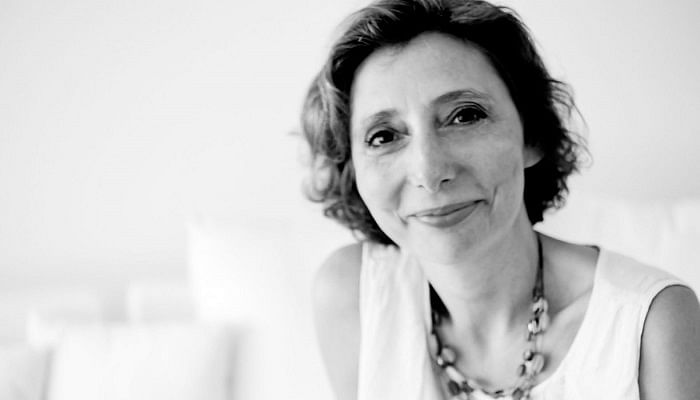
Who is Nathalie?
Parents with young children know how hard it is to get their kids to tidy their rooms or toys. But not Nathalie Ricaud’s parents. As a child, she already had a passion for organising. “I was raised without systems or schedules. Looking back, I’d say organising things around the house was my way of creating the structure that had been absent in my life,” she says.
Today, she runs Get Organised & Beyond, a decluttering company that helps clients better organise their homes. She also offers time management services and can teach clients to manage their paper and digital clutter.
While she had a strong inclination towards organising, she says that it was her two decades’ experience in the logistics industry that helped her hone her organising skills, while attending professional organising courses as well.
Nathalie’s Method
“A home is just like a traditional warehouse – every item should have a dedicated spot so that it can easily be found when needed and put away in the same place after being used,” she says. “It also helps save time and potentially money as we may end up buying multiples of the same item because we can’t find it or because we forgot we had it and had misplaced it.”
The top three areas that clients need help most are the wardrobe, the desk/home office and the storeroom. “For most people these areas involve items that are not too difficult to part with and/or tend to be a big organising challenge for them,”says Nathalie.

Nathalie’s first step is to define the underlying aim for organising an area, such as being able to entertain at home. “We list the activities that will be performed in the room and define who will be using it so we can have some clarity on what belongs there and what doesn’t,” she says.
The next step is to consider disposal options, such as recycling, selling, or donating, as well as what to keep. “Keep only what you need, use and love. And fits into your storage space. The rest is clutter,” says Nathalie.
Then the physical work starts, by sorting items by category, what to move to a different room, and what not to keep. Storage options are discussed, and items are all assigned to a home. A three-hour session costs S$390.

Who is Haw-San Au-yong?
Former engineer turned professional organiser, Haw-San Au-yong lives by 3Rs – retrievable, replaceable and restored.
Items in a space must be retrievable in 10 seconds or less; replaceable (placed back in its original location) in no more than 10 seconds, and a messy space must be restored back to order in three minutes or less.
The 3Rs have served Ms Au-yong and clients of her organising firm, Edits Inc., well. “We consider a space organised only when it meets the 3R criteria,” she says.
Without the 3Rs, organising is an art – focused on the aesthetics of a space. “We need something to conclusively and objectively define an organised space, versus just looking tidy,” she says. “When things are organized, they will definitely look tidy; but the reverse is not always true.”
Living by the 3Rs also means that a person can spend less time being a slave to the home, and have more time with friends and family. Most of Ms Au-yong’s clients are parents with young kids, career-focused individuals, or empty-nesters right-sizing into more manageable homes.
READ MORE: Stylish Ways To Make Your Kitchen More Efficient And Organised
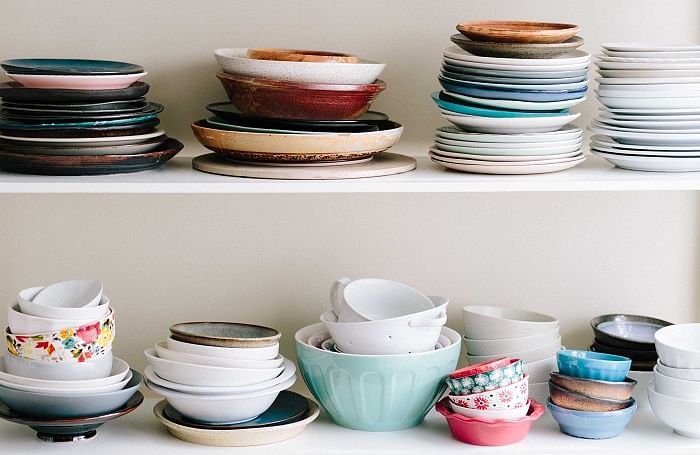
Haw-San’s Method
Working in a team of two to three people, Edits Inc. uses a five-step process that helps them get through all kinds of clutter.
It starts with a site assessment to find out about one’s lifestyle and vision, and the space that needs organising. Storerooms are usually the most congested area, followed by bedrooms and the study.
Next is planning – figuring out the most efficient furniture layout and the type of storage needed and where to place them. The third step involves sorting. This is where every single item is pulled out of all the cupboards and shelves and sorted into categories.
After that, it is purging – deciding what to keep or discard. The last step is to organise, which is where the furniture layout and storage plan come in handy.
Haw-san says, “If your home is very cluttered, it’s best to call for professional help instead of attempting it on your own – you might run out of steam quickly, and it can take an emotional toll,” she says. She charges S$80 an hour, which excludes the cost of storage furniture and products.
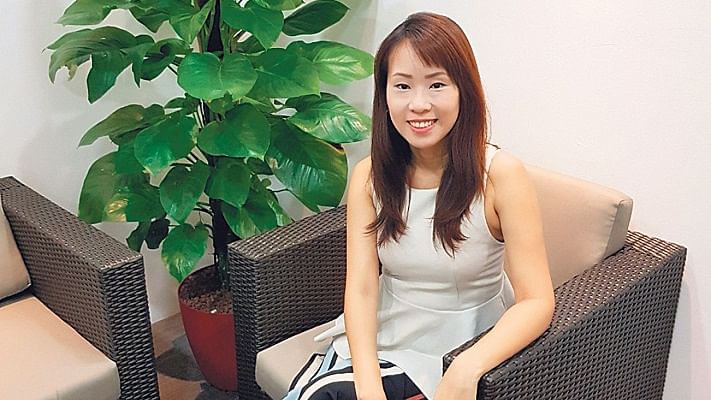
Who is Kris?
Kris, who picked up organising skills from her father because he hates hoarding, started her firm in 2012. Her clients are mostly women, and a mix of working professionals and mums.
Chinese New Year and school holidays are her busiest periods, but she also has a team of freelancers to help her out. After about seven years in the business, no mess fazes her. However, Ms Tan does require that clients be fully aware of the situation at home before she helps them.
She recalls the case of a family needing help to clear their grandaunt’s home. The elderly lady had been hospitalised and the family wanted to take the chance to declutter her home. The amount of dust was above ankle level. And it was so bad that the family didn’t want to go in. “I didn’t take up the case for a simple reason. I needed the owner of the house to be aware of the situation and if she was not, I wouldn’t go ahead,” says Kris.
READ MORE: 10 Signs You’re A Hoarder
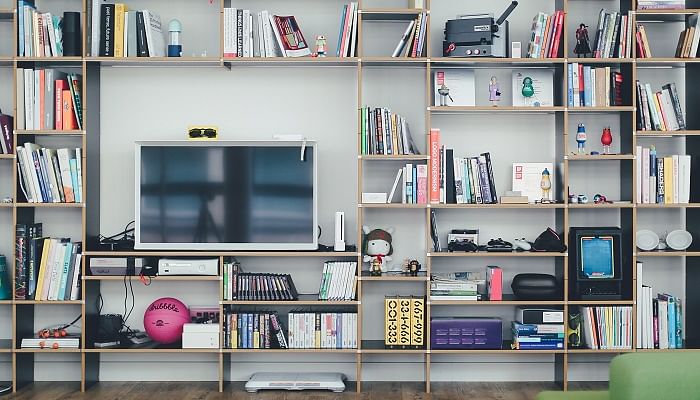
Kris’s Method
If your house is in a mess and you don’t know where to start, Kris has a suggestion. “Start at the area which gets you motivated most. So it gives you the momentum to finish off the rest of the areas,” she says. “Discard, declutter and organise.”
She says that since she is providing decluttering services, it is only right that she works to upkeep her home too. “Once in a while, I have a cheat day where instead of a vacuum cleaner I use a Magic Mop. I try not to pile up for more than a week,” she says.
She charges S$50 an hour for a minimum of two hours. Ms Tan also provides advice virtually if physical visits are not possible or for those interested who aren’t based in Singapore.
WATCH THIS VIDEO NEXT:
10 Tips To Make Fresh Flowers Last Longer
READ MORE:
10 Clever Tips To Hyper-Organise Your Life, From Sortorial Founder Debby Kwong
7 Ways To Pull A Marie Kondo On Your Small Condo
“I Marie Kondo-ed My Closet & It Changed My Life”
A version of this story first appeared on Business Times.


